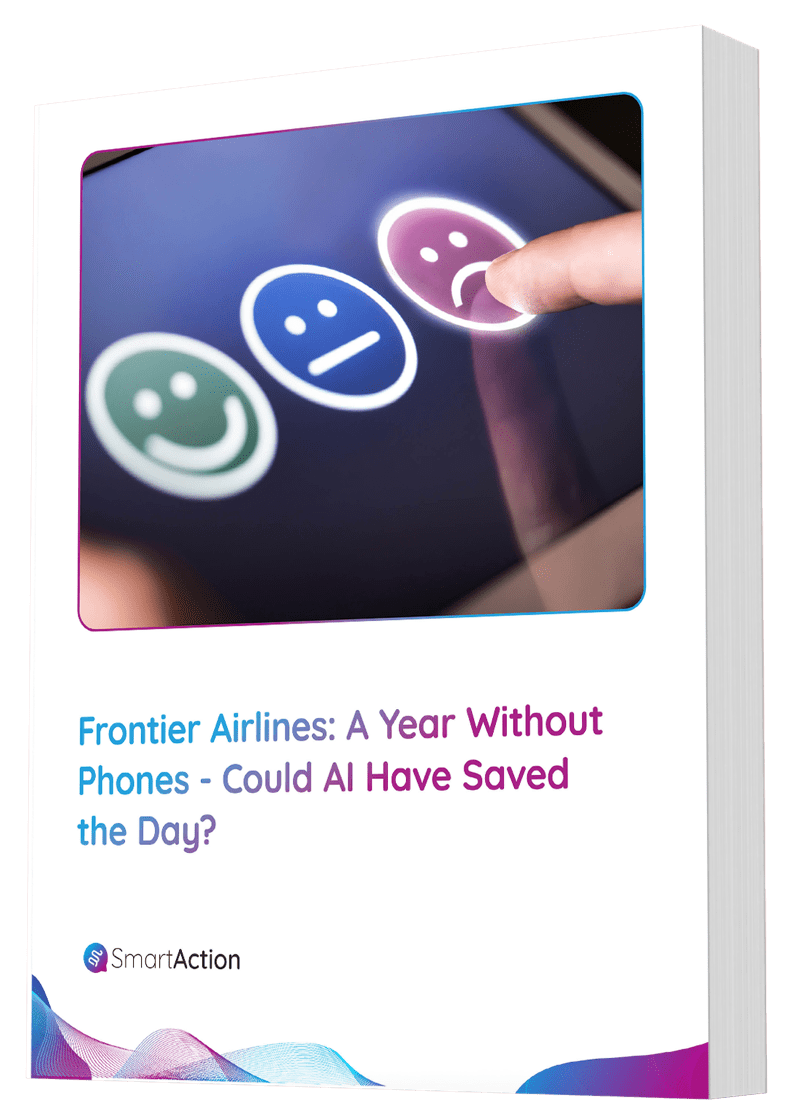Phone Automation: Not as Bad as Advertised
If you’re an NPR junkie like our CEO Tom Lewis, then you likely heard the recent discussion about automated phone help, accompanied by this article on the Marketplace website.
Why is automated phone help so bad?
The idea is that companies use a lot of tricks that force customers into frustrating and high effort experiences. Whether callers have to repeat information, end up trapped in IVR jail, or are faced with “supervisors” that are really just agents playing pretend, companies are always finding ways to pinch pennies at the expense of the customer. That’s a pretty bleak perspective if you ask me. Sure–we’ve all experienced bad enough customer service to make it seem like it’s being done on purpose. But with most companies, it’s not THAT bad.
Just like Uber and Amazon have leveraged technology to disrupt their respective industries, so have a great number of companies that offer customer service over the phone. The voice channel had been a real frustration for years, but that doesn’t mean abandon it; Uber didn’t look at cab service and say, “Let’s stop traveling by car.” They reimagined how to travel by car, and we can do the same with customer service on the phone.
Using the modern technologies available to them, companies can offer a great experience on the phone for callers. As mentioned in the NPR article, simply using computer telephony integration (or “screen pops”) is a great start to reducing caller effort and frustration. But beyond that, there are so many more tasks that modern voice interfaces can help customers complete, and it is a shame that none of them were highlighted by NPR. Technology continues to move at lightning speed, including in customer service and voice, so we shouldn’t pretend that there’s no getting around the roadblocks that some companies continue to put in front of their customers.






